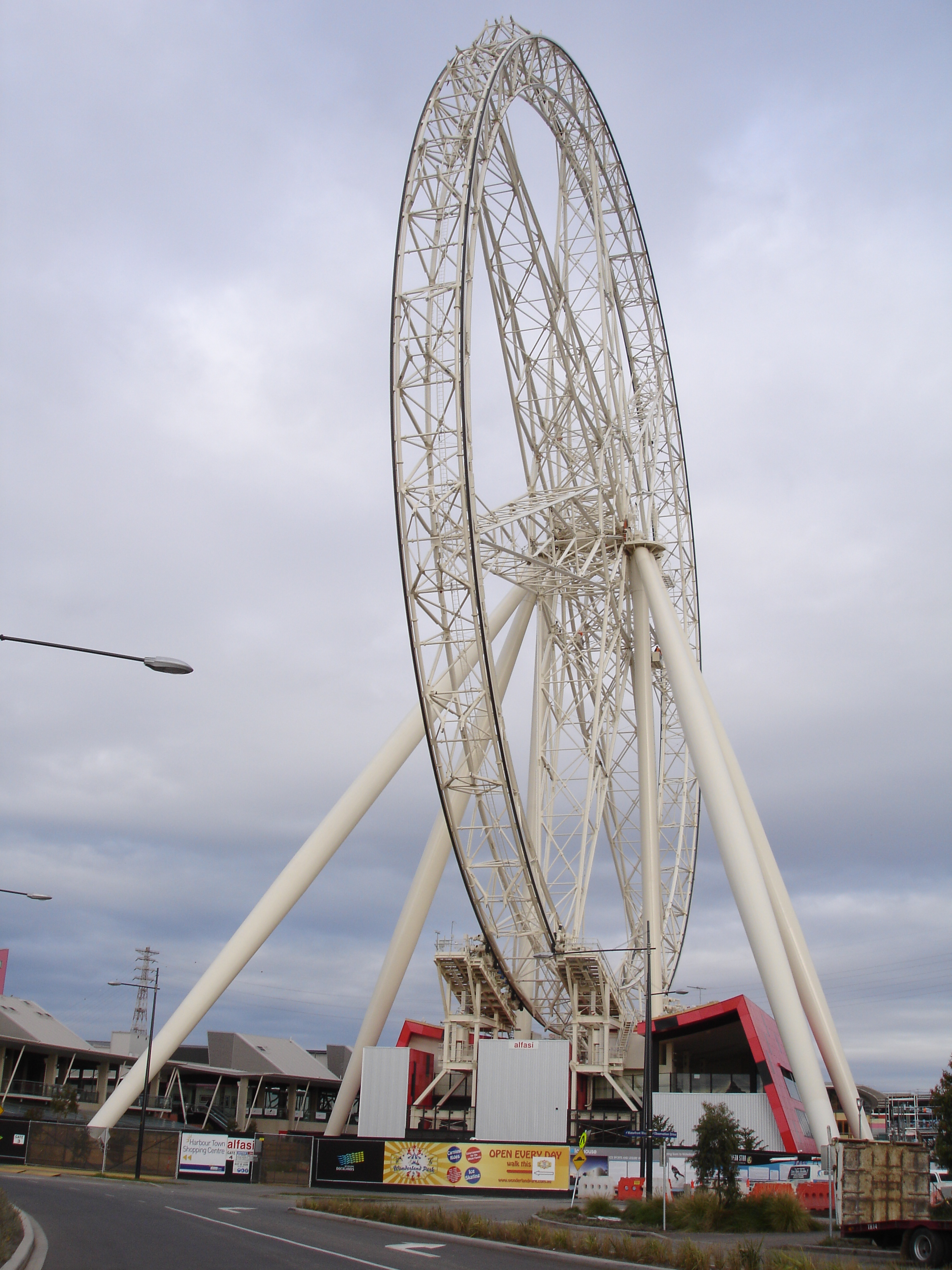Matthews v SPI Electricity Pty Ltd; SPI Electricity Pty Ltd v United Services Corporation Limited

30 October 2012 Dr Donald Charrett
The following case note refers to a ruling made by J Forrest J on aspects of the expert evidence process in a case arising out of the disastrous bushfires in Victoria in 2009. The claim was brought pursuant to Part 4A of the Supreme Court Act 1986 (Vic) by the plaintiff on behalf of group members who sustained personal injury and/or property damage, and/or economic loss as a result of one of the bushfires on 7 February 2009. The plaintiff alleged that the fire was a result of the failure of a wire conductor that formed part of an electricity distribution line. She claimed that she and members of the group suffered injury or loss as a result of negligence on the part of each of the defendants. Damages were claimed from the electricity distribution company, its contractor responsible for inspections of the distribution line, and from various State government parties.This report contains the rulings made by J Forrest J in relation to the composition and conduct of the conclaves of expert witnesses. His Honour had to decide between two different proposals:
- Conclaves within four broad topics, in which there may be a larger number of experts for one party than the other, each with expertise in some aspects of the topics; or
- Specific issue-by-issue conclaves, requiring roughly fourteen separate meetings, each with a smaller number of experts all with expertise in the conclave issue.
Forrest J noted that, although the second model would require more conclaves and be challenging administratively, it was preferable for the following reasons:
1. By having a conclave devoted to specific issues there can be no question about the expertise of the particular witnesses who author the joint report. That report will ultimately form part of the evidence at trial and any issue about the expertise of the witnesses (which may arise in a mass conclave where witnesses possess differing areas of expertise) will be avoided. The alternative model has real potential to lead to the production of a joint report where there are issues about the capacity of the authors to express the opinion contained in the report, as happened recently in the case of Dura (Australia) Constructions Pty Ltd v Hue Boutique Living Pty Ltd.[1]
2. The expert evidence is not a “battle of numbers”. The preferred model generally avoids an imbalance in the number of experts that would occur in the alternative model.
3. The provision of joint reports dealing with specific and discrete issues will help refine the issues and has a greater prospect of leading to clearer identification of the issues that are in dispute and those that are not.
4. There is scope to expand the conclaves if the experts think it would be of assistance – and it is legally permissible.
5. The provision of joint reports using the preferred model will not determine the composition of the concurrent evidence sessions at trial. After the reports have been received and considered, it may be apparent that a concurrent evidence session involving experts from more than one conclave would be appropriate.
6. “This is not a trial by expert. It is for the Court to determine the issues having regard to all the evidence whatever the source.”
In addition to ruling on the form of the expert conclaves, Forrest J also made the following directions in respect of the procedural aspects of the conclaves:
- An Associate Justice will undertake the supervision and management of the conclaves. She will conduct a case conference and be available subsequently to assist with the conduct of the conclaves.
- The decision as to whether a moderator is required for a conclave is a question for the experts, and not the lawyers or the judge. If the experts require a moderator, the Associate Justice will be available to act.
- Administrative assistance should be provided to assist the experts with recording their discussions and preparing the report, unless they think it unnecessary.
- It is preferable for the experts to meet face to face. However, where experts reside interstate or overseas, they should determine the best way to conduct their conclave.
- Provision of an agenda is worthwhile to assist in keeping the experts on track. The parties should meet and endeavour to agree an agenda, failing which it can be discussed at a case conference with the Associate Justice supervising the expert conclaves.
- Although expert evidence will be determined on quality and not quantity, if one party feels disadvantaged by the numbers of experts on the other side, this can be canvassed with the Associate Justice.
[1] [2012] VSC 99

